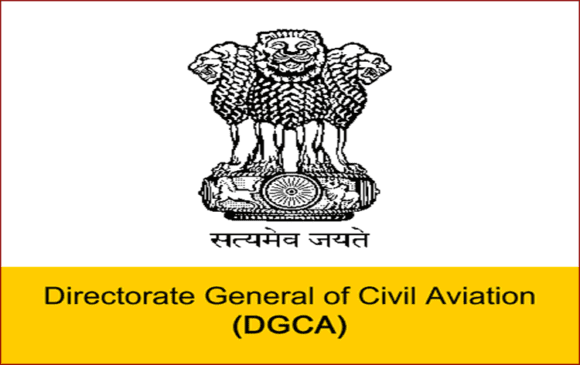Bringing new technology aircraft engines into the world requires more precision than ever in manufacturing, and AV&R, based near Montreal, creates the software and provides the robotic equipment needed to make that happen. AV&R is a niche company focused on the turbine engine market for aircraft and ground power, and works with the major engine manufacturers worldwide, including Rolls-Royce, Safran Engines (formerly SNECMA), Pratt & Whitney, GE, and others by providing vision systems and robotics enabling manufacturing of new components to higher tolerance levels.
Their main facility is a striking pyramid design, perfect for an innovative company that integrates robotics and software. AV&R, with 80 of its 110 people engineers specializes in robotics software that takes a CAD-CAM drawing, matches a part to that drawing, and finishes the part from de-burring to polishing, ensuring that it meets specifications with very tight tolerances.

We sat down with Éric Beauregard, their Executive Vice President, to discuss how AV&R is differentiated from its competitors.
Robotic finishing of engine parts is growing, as engine components and blades are becoming ever-more complex. With new design tools and flow simulations available, the engine OEMs are designing new engines with more complex parts, with multiple bends and unique designs. The ability to design new parts has outpaced the ability to physically manufacture them using humans because of smaller tolerance levels, down to 1/1000th of an inch.

Forging and casting processes, unfortunately, cannot provide high tolerances and often result in burrs or other flaws, as well as lack the smoothness of finish required in aircraft engines. Finishing is always required. Since only automation can consistently perform at the tighter tolerance levels, there is an increasing need for robotic cells to support manufacturing of these components as new versions of the Rolls-Royce Trent, CFM LEAP, and Pratt and Whitney PW1000 GTF engines are more advanced than their predecessors.
That’s where AV&R comes in as a problem solver for companies manufacturing turbine and compressor blades, whether small blades that go into blisks or IBRs, or large turbine blades for ground power units. AV&R provides the robotic cells and software to compare a part to the design specification, remove unnecessary extra metal, smooth the part to specification and polish it to match the design strengths within extremely close tolerance.

The secret to AV&R’s success is the software, which is their “secret sauce.” They develop robotic centers utilizing off the shelf robots from FANUC or other suppliers and integrate the measurement and finishing processing capabilities into an automated unit, as well as integrate the software to the design systems at the engine OEM, whether CATIA or other CAD systems.
AV&R has a very specialized in their particular niche and is the industry leader in their segment. With the growth in high technology engines and a strong ramp-up, demand for AV&R’s products is growing, as they are part of the solution. AV&R is also looking into the MRO aspects for this segment, automating repair processes for a used compressor and turbine blades by comparing them to spec, and refinishing parts that have not worn past tolerance limits and can be re-finished. While these processes are different in that a component that is deficient must be scrapped, the repair processes can be automated like those in production, important for manufacturers with “power by the hour” agreements with customers and airline MRO operations.
The Bottom Line
Being in the “blade industry” today for turbine and compressor blades means higher precision and tolerance levels in the past, which requires automation. AV&R has managed to marry the secrets of measurement, comparing a part with specifications, and finishing and polishing operations into a robotic cell that outperforms human operators. Given the higher pressures and tighter tolerances being designed into engines to improve fuel efficiency, the market for automation systems like those made by AV&R is growing.
Views: 2




Given that the re-machined blades on older engines are likely more precise (closer to CAD specs) than the originals, I wonder how the engine performs after one of these MRO re-machining of the blades… I would be pretty sure that the engine fuel burn goes down right after the overhaul. But how much better? As good as the engine specs when it was new? I.e. does the fact that the blade is now probably more precise after overhaul than even when it was manufactured on the original engine give more positives that the fact that the other engines parts are also older and likely drag the fuel burn specs down. OR: does this re-machining to very CAD-intended-design-precise blades create such a fuel burn improvement that the new blades are even better than the originals and even overcome the fact that other parts degraded. Bottom line: it sure is a positive on fuel burn but could they achieve even better performance on a overhauled engine that the ORIGINAL off-the-shelf engine?? That would be interesting 🙂